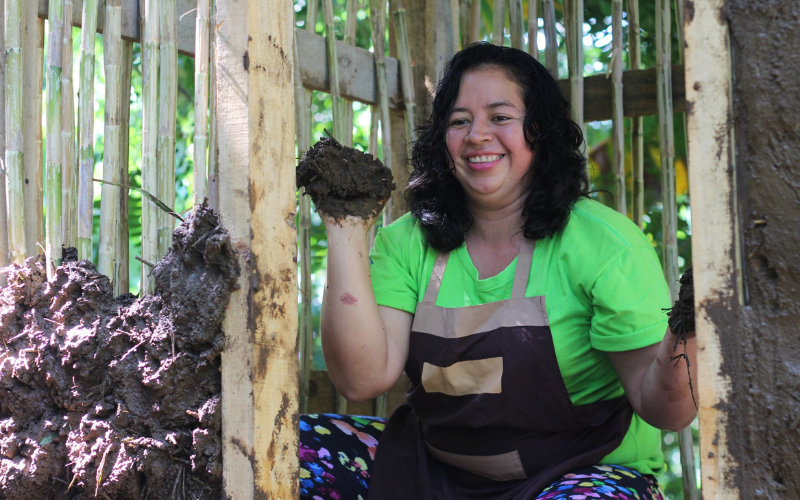The Grameen Bank in Bangladesh launched a housing loan programme in 1984 to help poor rural families build strong, flood- and cyclone-resistant homes. These homes give families safety, save repair costs, and provide space for work and storage. Loans are small—up to $249—repaid over five years at 8% interest and are available only to reliable borrowers. Most titles are in the woman’s name, giving her financial security and higher status in the family and community.
Bangladesh is one of the poorest and most densely populated countries, with frequent floods and fragile rural housing. Before this programme, families lived in temporary shelters of jute, straw, and mud that required constant repairs. A housing loan allows them to build a durable 20 m² home with concrete pillars, bamboo framing, and a corrugated iron roof. These homes can be dismantled in extreme floods, include raised sleeping areas, and often have electricity and a sanitary latrine. Many families add savings to the loan to improve the house further.
The housing programme is part of Grameen Bank’s wider microcredit system, which began in 1976 with Professor Muhammad Yunus’s belief that the poor lack capital, not repayment ability. Today, the bank has over four million borrowers—96% women—with a loan recovery rate of nearly 99%. Since 1984, more than 617,000 homes have been built, and 30,000 more are added each year.
The programme improves health, safety, and pride, helping families escape the cycle of poverty. It is financially self-sustaining, with no donor reliance since 1995, and has inspired similar initiatives in 59 countries. Grameen Bank’s approach—small loans based on trust, women’s empowerment, and disaster-resistant housing—has transformed rural communities and is recognised worldwide as a model for poverty reduction.

1998





